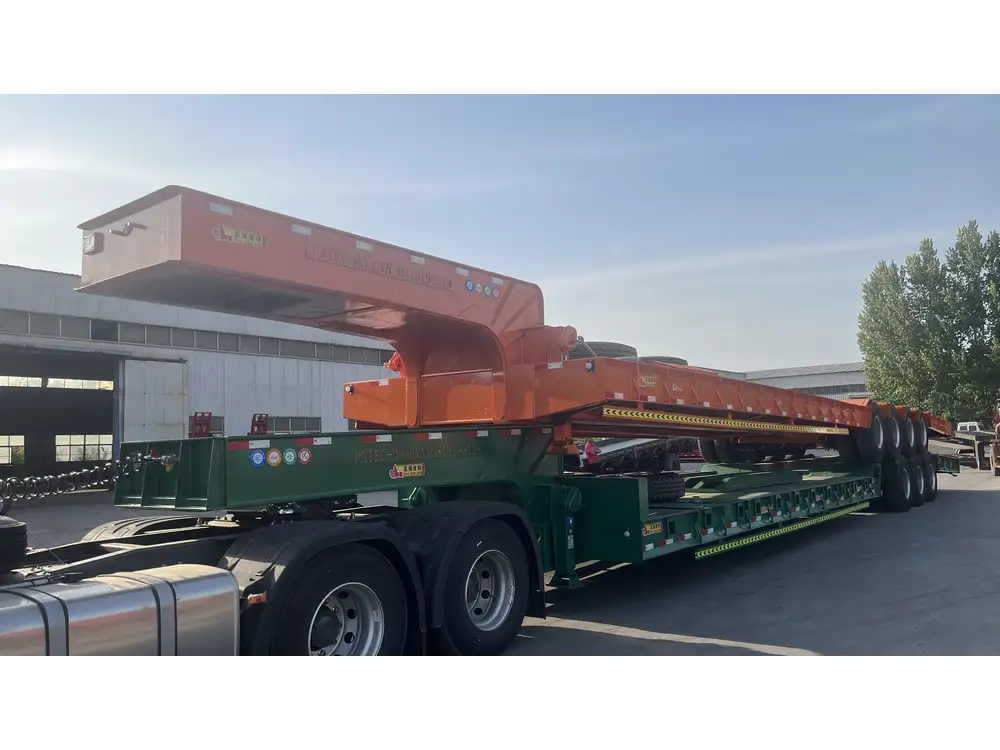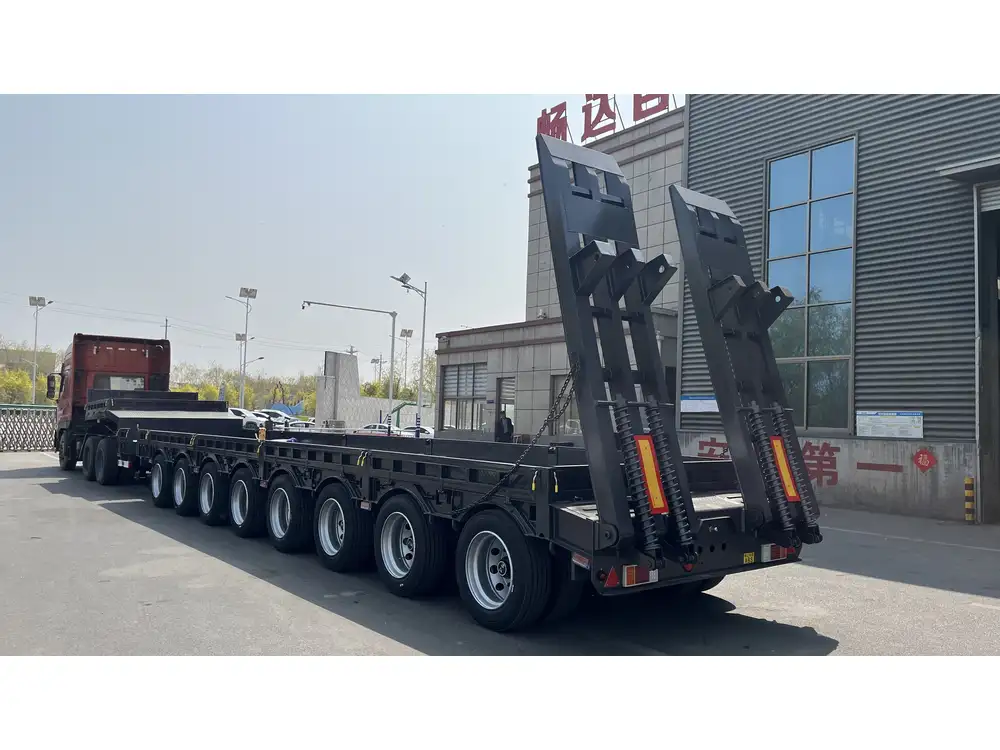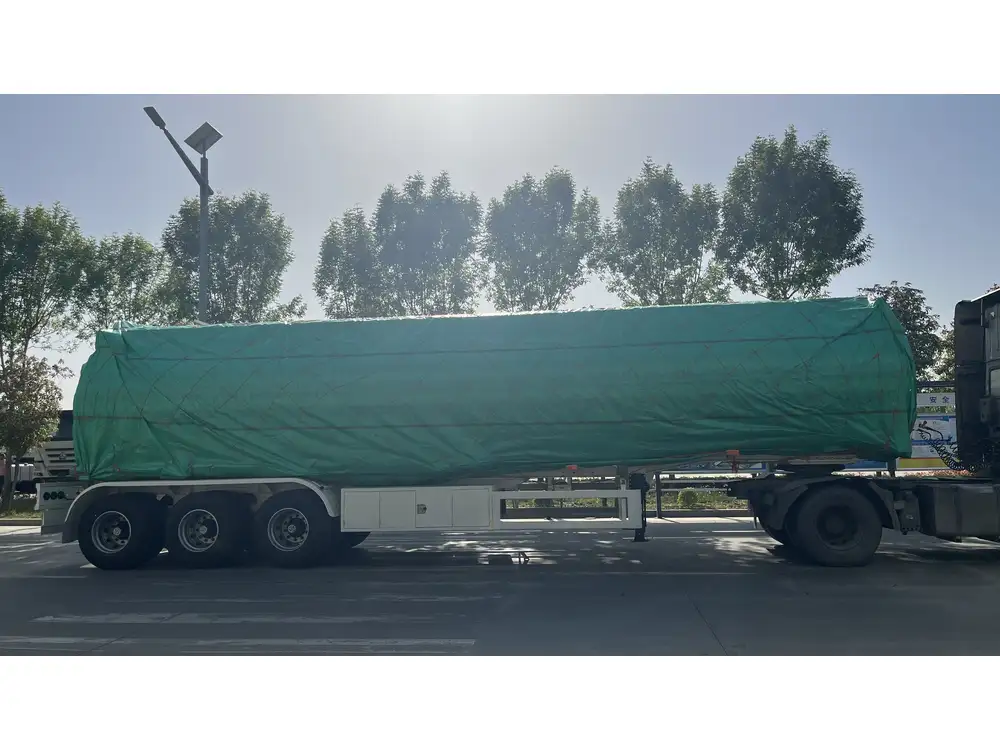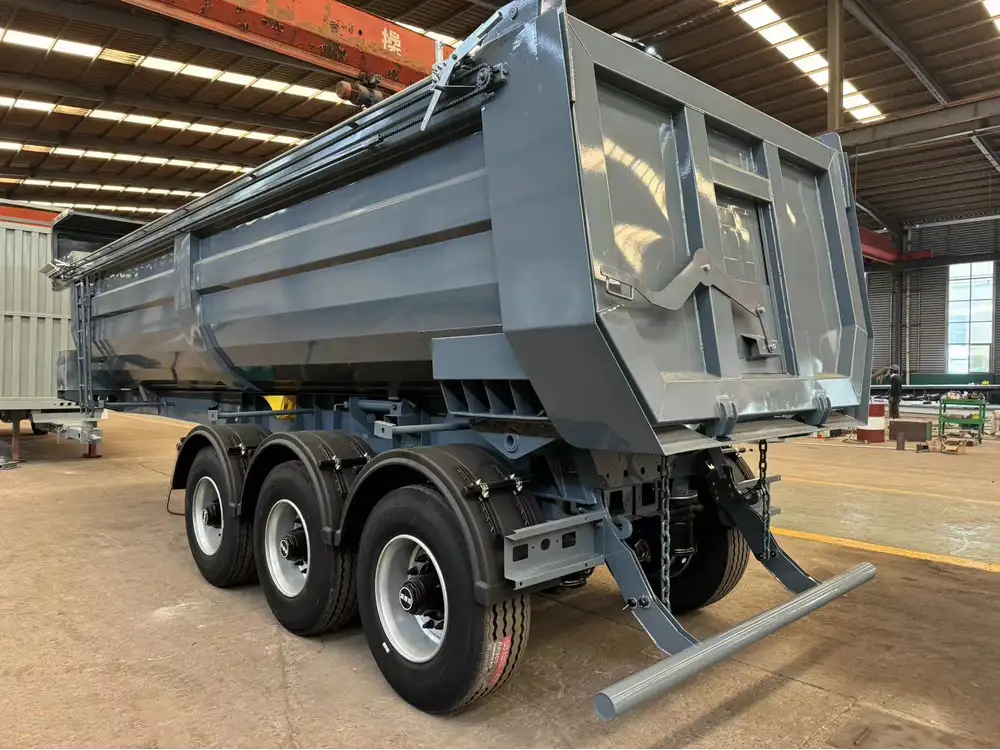Semi van trailers are quintessential in the freight transport industry, embodying a blend of engineering precision and practical utility. When it comes to road transport, understanding the dimensions of a semi van trailer is crucial—not only for compliance with regulations but also for efficient cargo management. This article comprehensively explores the height of semi van trailers, addressing common inquiries while optimizing for search relevance.
The Standard Height of Semi Van Trailers
Typically, the height of a semi van trailer falls within a specific range, predominantly governed by regulatory standards and design specifications. Most conventional semi van trailers measure around 13.5 feet (162 inches) in height from the ground to the top of the trailer. This height is designed to facilitate maneuverability on highways and to comply with height restrictions on bridges and overpasses.
Different Types of Semi Van Trailers
Standard Van Trailers: Generally range from 13 to 13.5 feet in height. These trailers are the workhorses of freight transport, designed for various cargo types.
High Cube Trailers: Standing at 13.6 to 14 feet tall, high cube trailers are favorable for transporting large volumes of cargo, offering enhanced capacity without exceeding weight limits.
Reefers (Refrigerated Trailers): These specialized trailers can be slightly taller, typically reaching up to 14 feet in height, optimized for transporting perishable goods while maintaining specific temperature controls.

Height Variations by Region
The regulations governing the maximum allowable height of semi trailers can vary significantly across different regions:
| Region | Maximum Height (Feet) |
|---|---|
| United States | 13.5 |
| Canada | 13.5 |
| Europe | 13.1 |
| Australia | 13.1 |
| Asia | 14.0 (varies by country) |
Why Trailer Height Matters
Compliance with Regulations: It’s imperative for transport operators to comply with state, federal, and international trucking regulations. Overheight vehicles may face fines, detours, and risks of accidents.
Loading and Unloading Efficiency: Proper trailer height ensures smooth loading and unloading processes, especially for dock height compatibility.
Aerodynamics: The height of a semi van trailer influences its aerodynamic properties. Taller trailers may encounter increased wind resistance, which can impact fuel efficiency.
Clearance Issues: Operating a trailer that exceeds height regulations poses risks, such as damage to infrastructure and potential accidents. Understanding the height ensures that trucks avoid overhead obstructions.
Factors Affecting Semi Van Trailer Height
The design and functionality of a semi van trailer are influenced by several factors. Recognizing these elements can clarify why trailer height is relevant beyond mere numbers.

Suspension System
The trailer’s suspension system can significantly affect its overall height. Air-ride suspensions can be adjusted, allowing for variations in height to provide a smoother ride and enhance cargo protection. Adjusting the height can also aid in loading dock compatibility.
Tire Size
Larger tires raise the load height, potentially contributing to an increased overall trailer height. Therefore, adjustments in tire selection can inadvertently alter the vehicle’s profile, impacting compliance with height regulations.
Load Type
The nature of the load impacts the necessary trailer height. For instance, bulky loads may dictate a higher trailer to ensure efficient transportation, while more compact loads might utilize standard-height trailers.

Modification and Customization
Custom-built trailers for specific industries, such as transportation of oversized cargo or engineering equipment, may exceed standard height specifications, thus requiring careful attention to legality and safety protocols.
Practical Considerations for Transport Operators
For transport operators, understanding the height of semi van trailers goes beyond compliance. The following considerations can improve operational efficiency.
Load Distribution
Correct load distribution is paramount. An unevenly loaded trailer might not only destabilize the vehicle but also exceed height limits if the load shifts during transit. Regular checks and appropriate securing of cargo are essential practices.

Height Awareness During Transit
Operating a height-aware strategy during transport is necessary to avoid low bridges, overhanging trees, and other obstructions. Truck drivers should be trained in route planning with an emphasis on trailer height to mitigate risks associated with low-clearance areas.
Retrofitting for Adjustability
In some cases, operators may consider retrofitting their trailers with adjustable height systems. Such systems can aid in accommodating various loading environments, providing versatility while preserving compliance with height restrictions.
Monitoring Technological Advances
Technological advancements are paving new paths in trailer design and performance. For instance, some manufacturers are now integrating smart height sensors that notify operators of potential clearance issues in real-time.

Conclusion: The Importance of Height Awareness in Semi Van Trailers
In conclusion, understanding how tall a semi van trailer is—and the implications of that height—is crucial for anyone involved in freight transport. By adhering to industry standards, recognizing the factors affecting trailer dimensions, and implementing best practices for safety and efficiency, operators can enhance their business operations and mitigate potential challenges.
Frequently Asked Questions
1. What is the legal height for semi van trailers?
The standard legal height for trailers in the United States is typically 13.5 feet (162 inches), although regional differences may apply.

2. Can semi trailers exceed the standard height?
Yes, specialized trailers like high cube and refrigeration units can exceed standard heights, but operators must ensure compliance with local regulations.
3. How do I check the height of my trailer?
Utilizing a measuring tool or height gauge is advisable. Always measure from the ground to the highest point of the trailer.
4. What are the risks of an over-height trailer?
Over-height trailers can lead to fines, detours, infrastructure damage, and increased risk of accidents.

5. Are there benefits to customizing trailer height?
Yes, customizing the height can improve loading efficiency, accommodate larger volumes of cargo, and meet specific transport needs, but must remain within compliance limits.
References
- Federal Motor Carrier Safety Administration (FMCSA)
- National Trucking Association Reports
- Industry Standards on Trailer Dimensions
Understanding the intricacies of semi van trailer height is essential for optimized freight transport management. Whether you are a fleet operator or a logistic professional, this knowledge serves as a foundation for successful and compliant operations in the trucking industry.



